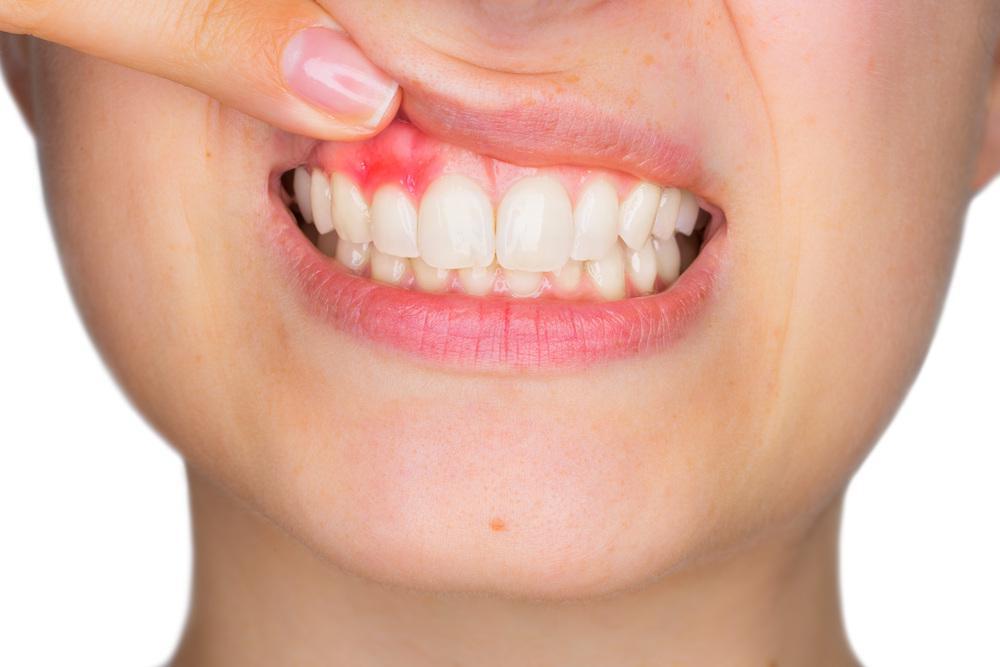
Gum Treatment

What is gum disease (gingivitis)?
Gingivitis, the earliest stage of gum disease, is inflammation of the tissues surrounding and supporting the teeth and is most commonly a result of poor dental hygiene. Gingivitis is a very common condition and varies widely in severity. It is characterized by red, swollen gums that bleed easily when teeth are brushed or flossed. Gingivitis is not the same thing as periodontitis. Gingivitis always precedes and acts as a warning sign for the more serious condition of periodontitis.
Gingivitis starts when food debris mixes with saliva and bacteria which, in turn, forms dental plaque that sticks to the surfaces of teeth. If dental plaque isn’t removed by brushing with toothpaste and flossing, it can become mineralized and form tartar, or calculus. Tartar is very hard, and only a professional dental cleaning can remove it.
Both dental plaque and tartar are filled with harmful bacteria, and if they aren’t removed from teeth, they will begin to irritate the gums and cause gingivitis. If left untreated, gingivitis will often extend from the gums to the bone and lead to periodontitis.
What causes gum disease?
Improper oral hygiene that allows bacteria in plaque and calculus to remain on the teeth and infect the gums is the primary cause of gum disease. But there are other factors that increase the risk of developing gingivitis. Here are some of the most common risk factors:
- Smoking or chewing tobacco prevents the gum tissue from being able to heal.
- Crooked, rotated, or overlapping teeth create more areas for plaque and calculus to accumulate and are harder to keep clean.
- Hormonal changes in puberty, pregnancy, and menopause typically correlate with a rise in gingivitis. The increase in hormones causes the blood vessels in the gums to be more susceptible to bacterial and chemical attack. At puberty, the prevalence of gingivitis ranges between 70%-90%.
- Cancer and cancer treatment can make a person more susceptible to infection and increase the risk of gum disease.
- Alcohol negatively affects oral defense mechanisms.
- Stress impairs the body’s immune response to bacterial invasion.
- Mouth breathing can be harsh on the gums when they aren’t protected by the lips, causing chronic irritation and inflammation.
- Poor nutrition, such as a diet high in sugar and carbohydrates and low in water intake, will increase the formation of plaque. Also, a deficiency of important nutrients such as Vitamin C will impair healing.
- Diabetes mellitus impairs circulation and the gums ability to heal.
- Medications such as antiseizure medications increase the risk for gum disease.
- Infrequent or no dental care
- Poor saliva production
What are gum disease symptoms and signs?
A person with gum disease will typically have one or more of the following signs and symptoms:
- Bright red, swollen gums that bleed very easily, even during brushing or flossing
- A bad taste or persistent mouth odor
- White spots or plaques on the gums
- Gums that look like they’re pulling away from the teeth
- Pus between gums or interdental spaces
- A change in the way the teeth fit together in the mouth or spaces opening up between teeth
- Loose teeth or tooth loss
- Change in the way partial dentures fit


Before & After
Need more advice?
Contact us by email on shiningsmilecare@gmail.com or call 9011079677 / 8263962023.
